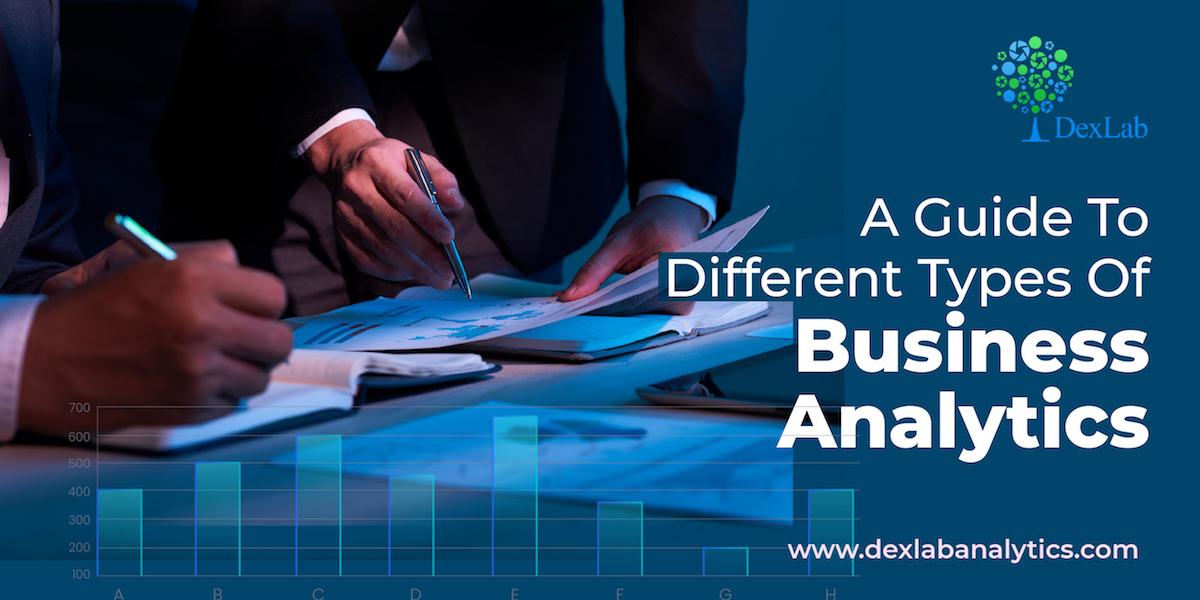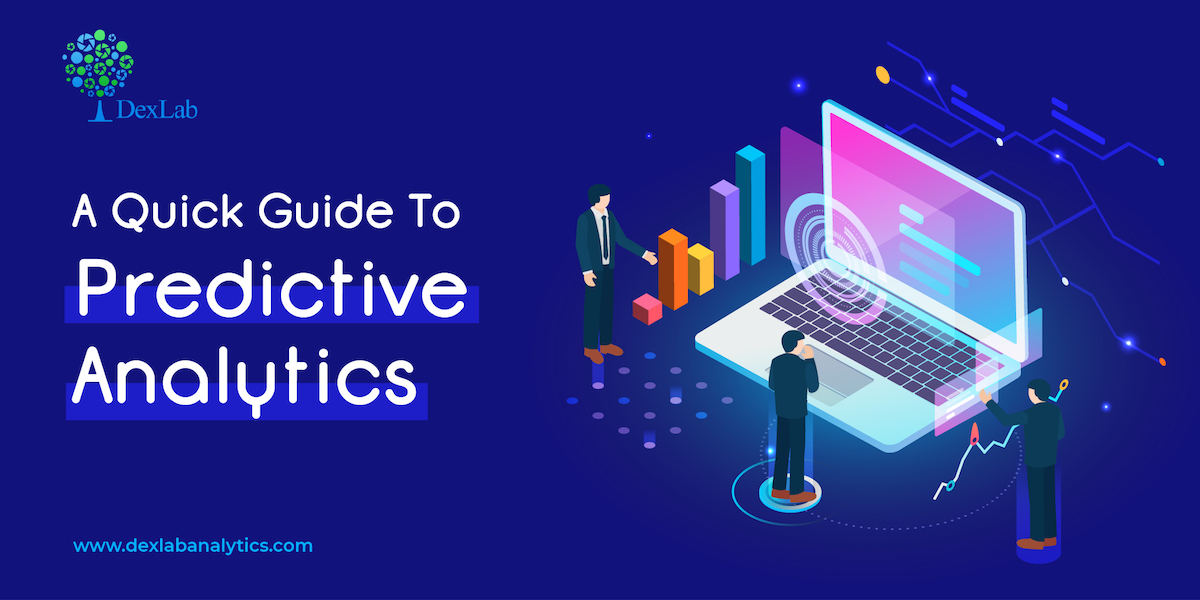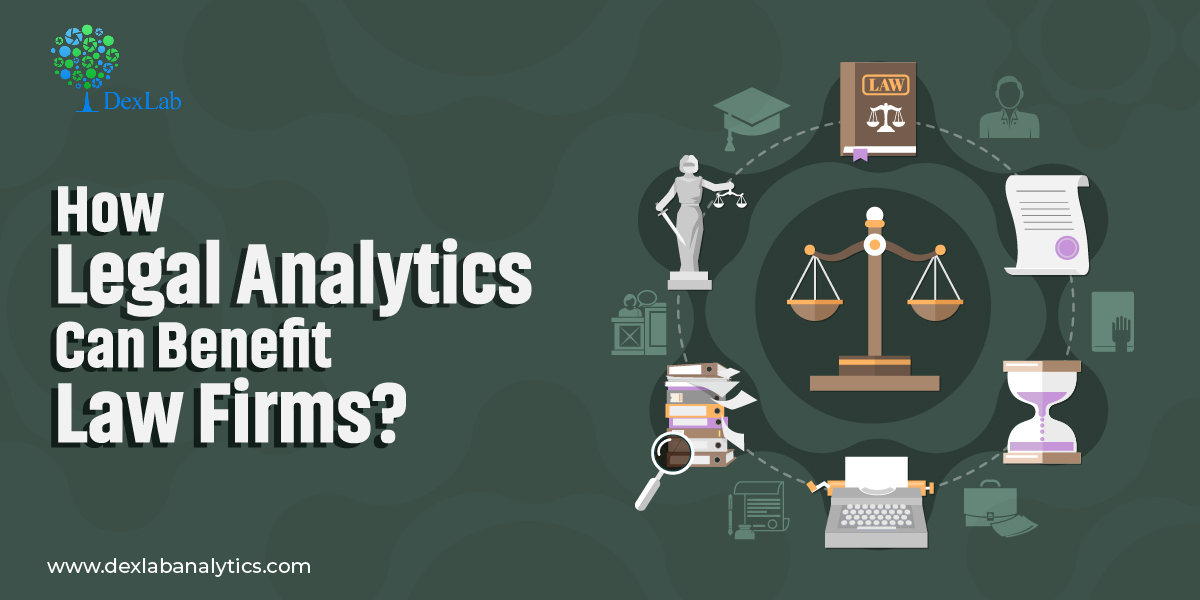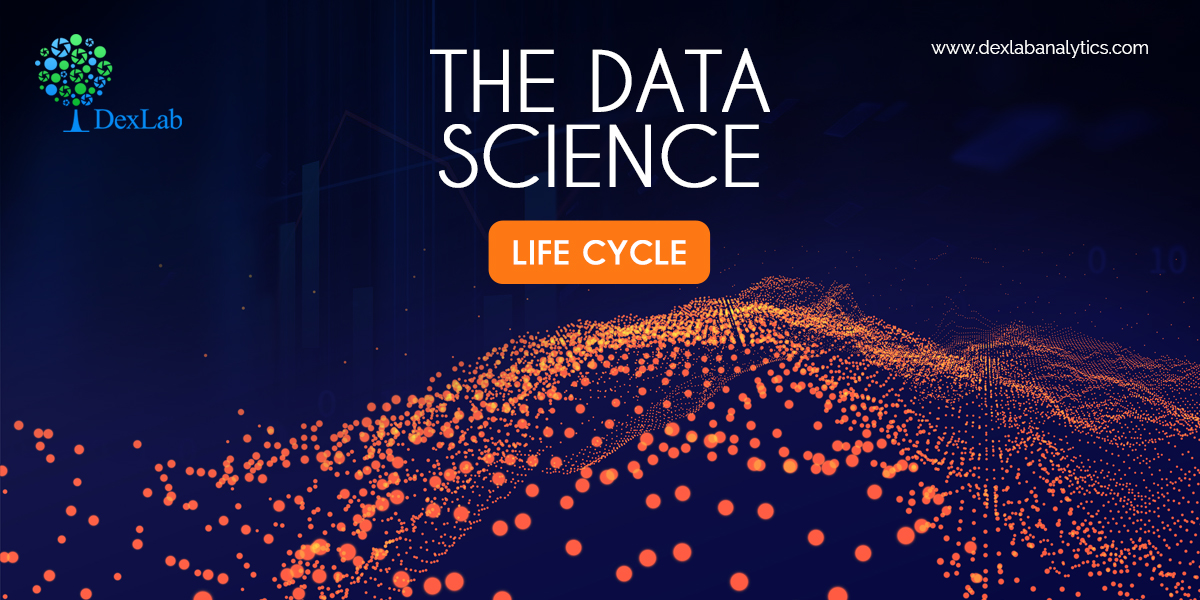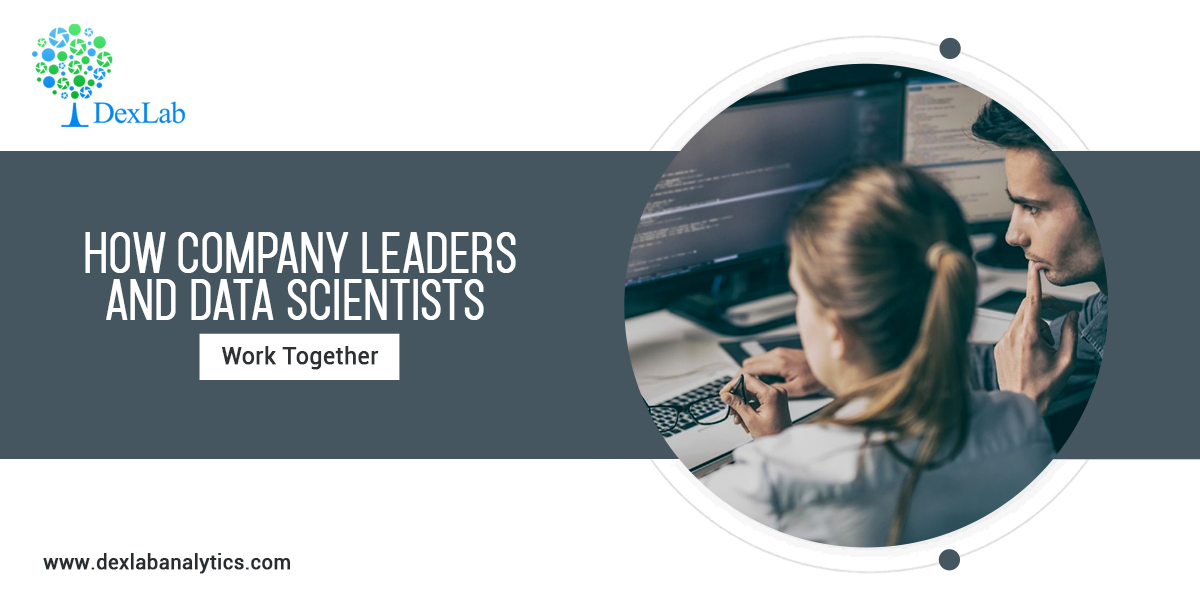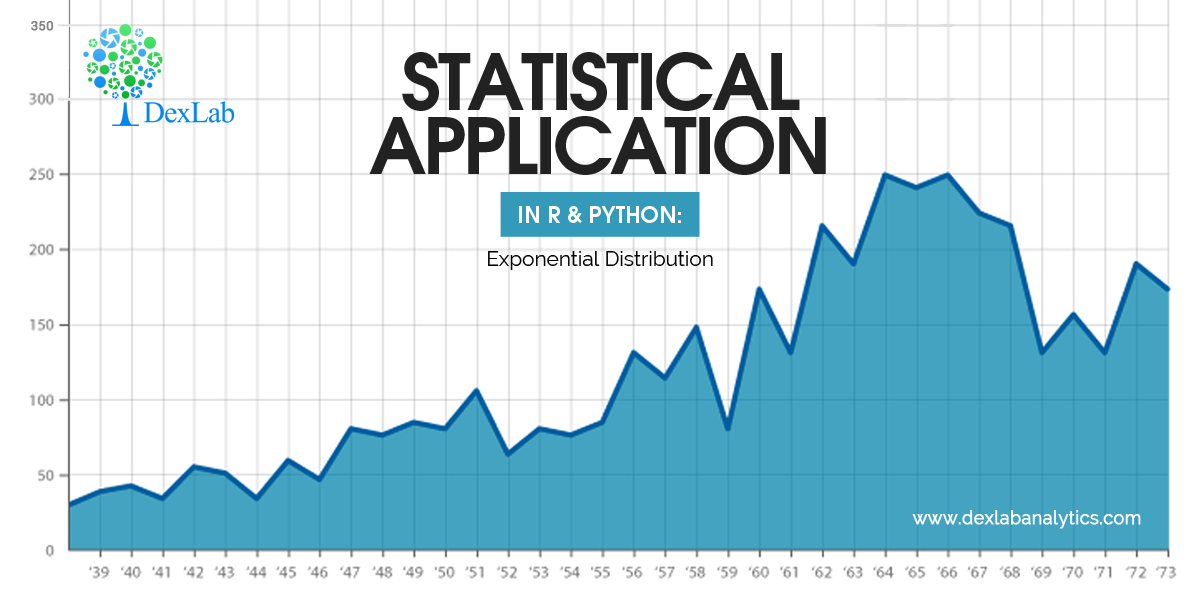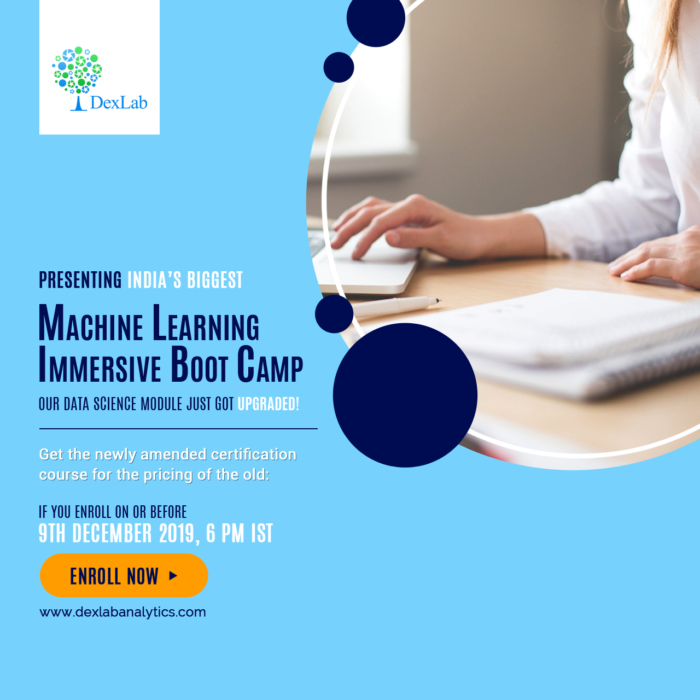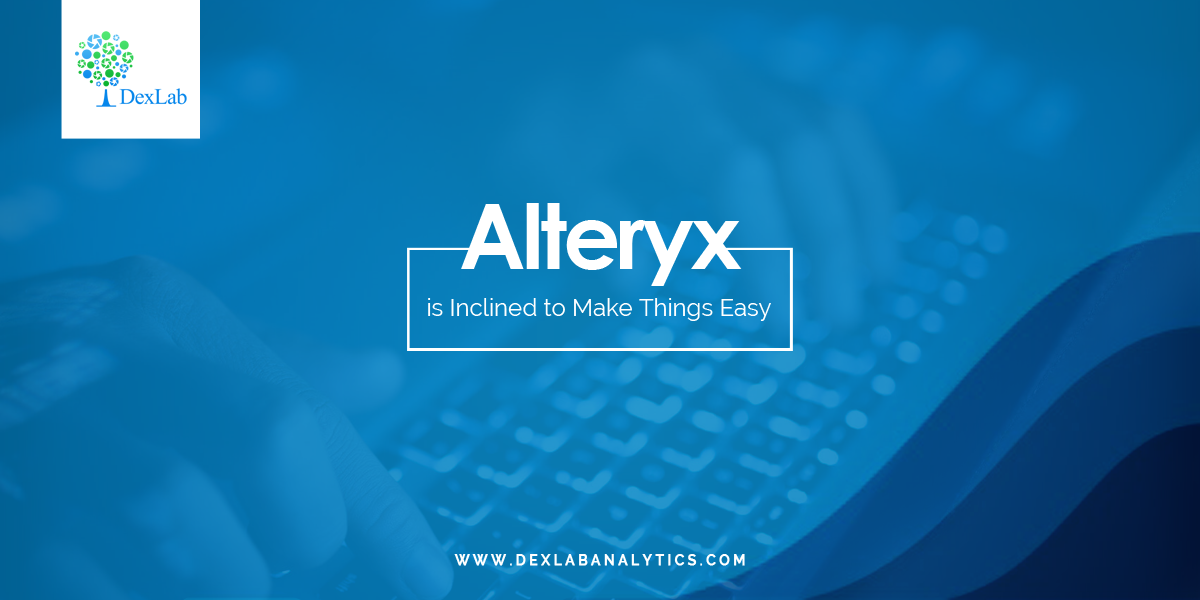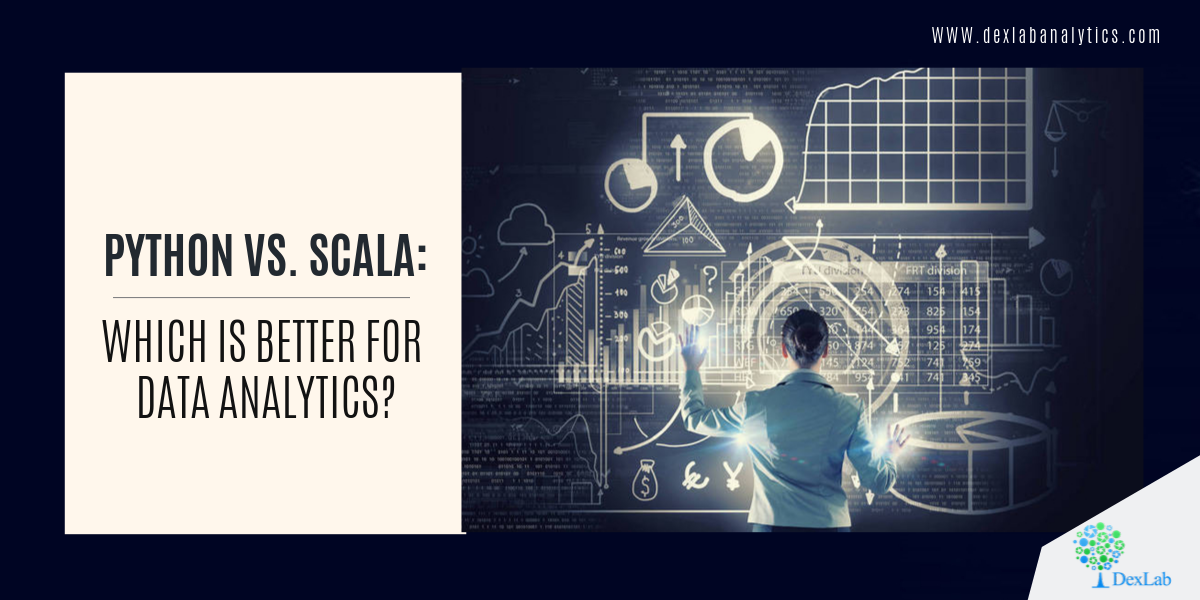Businesses today can no longer afford to run based on assumptions, they need actionable intel which can help them formulate sharper business strategies. Big data holds the key to all the information they need and the application of business analytics strategies can help businesses realize their goals. Business analytics is about collecting data and processing it to glean valuable business information. Business analytics puts statistical models to use to access business insight. It is a crucial branch of business intelligence that applies cutting edge tools to dissect available data and detect the patterns to predict market trends and doing business analysis training in delhi can help a professional in this field in a big way.
Different types of business analytics:
Business analytics could be broken down into four different segments all of which perform different tasks yet all of these are interrelated. The types are namely Descriptive Analytics, Diagnostic Analytics, Predictive Analytics, and Prescriptive Analytics. The role of each is to offer a thorough understanding of the data to predict future solutions. Find out how these different types of analytics work.
Descriptive Analytics: Descriptive analytics is the simplest form of analytics and the term itself is self-explanatory enough. Descriptive analytics is all about presenting a summary of the data a particular business organization has to create a clear picture of the past trends and also capturing the present situation. It helps an organization to understand what are the areas that need attention and what are their strengths. Analyzing historical data the existence of certain trends could be identified and most importantly could also offer some valuable insight towards developing some plan. Usually, the size of the data both structured and unstructured are beyond our comprehension unless it is presented in some coherent format, something that could be easily ingested. Descriptive analytics performs that function with the help of data aggregation and data mining techniques. For improving communication descriptive analytics helps in summarizing data that needs to be accessible to employees as well as to investors.
Diagnostic Analytics: Diagnostic analytics plays the role of detecting issues a company might be facing. When the entire data set is presented comprehensively, it is time for diagnosis of the patterns detected and detecting issues that might be causing harm. Now, this business analytics dives down deeper into the problem and offers an in-depth analysis to bring out the root cause of the problem. The diagnostic analytics concerns itself with the problem finding aspect by reading data and extracting information to find out why something is not working or, working in a way that is giving considerable trouble. Usually, principle components analysis, conjoint analysis, drill-down, are some of the techniques employed in this specific branch of analytics. Diagnostic analytics takes a critical look at issues and allows the management to identify the reasons so that they can work on that.
Predictive Analytics: Predictive analytics is sophisticated analytics that is concerned about taking the results of descriptive analytics and working on that to forecast probabilities. It does not predict an outcome but, it suggests probabilities by combining statistics and machine learning. It takes a look at the past data mainly the history of the organization, past performances, and also takes into account the current state and on the basis of that analysis it suggests future trends. However, predictive analytics does not work like magic, it does its job based on the data provided and so, data quality matters here. High quality, complete data ensures accurate prediction, because the data is analyzed to find patterns and further prediction takes off from there. This type of analytics plays a key role in strategizing, based on the forecasts the company can change the sales and marketing strategy and set a new goal.
Prescriptive Analytics: With prescriptive analytics, an organization can find a direction as it is about suggesting solutions for the future. So, it suggests the possible trends or, outcomes, and based on that this analytics can also suggest actions that could be taken to achieve desired results. It employs simulation and optimization modeling to predict which should be the ideal course of action to reach a certain goal. This form of analytics offers recommendations in real-time, it could be thought of as the next step of predictive analytics. Here not just the data previously stored is put to use, but, real-time data is also utilized, in fact, this type of analytics also takes into account data coming from external sources to offer better results.

Those were the four types of business analytics that are employed by data analysts to offer sharp business insight to an organization. However, there needs to be skilled people who have done Business analyst training courses in Gurgaon to be able to carry out business analytics procedure to drive organizations towards a brighter future.
.
